
I’m a Photographer Who Wanted to Be More Present in My Life – So I Put Down the Camera
At a recent electronic music performance, the English duo Rob Brown and Sean Booth, who perform as Autechre, plunged Sydney’s City Recital Hall into darkness.

At a recent electronic music performance, the English duo Rob Brown and Sean Booth, who perform as Autechre, plunged Sydney’s City Recital Hall into darkness.
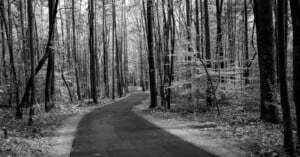
The early days of photography were built on monochromatic imagery. Many of the greats who created what we now know as the art of photography worked primarily with black-and-white film.
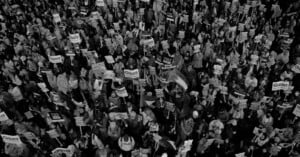
Over the last month, communities around the world have felt passionate responses to the developing conflict in Israel, Gaza, and surrounding areas. As simple or complex as one might find the hostilities in the abstract the ripples of geopolitics affect us all, sometimes very obviously, and sometimes subtly.

AI is all the buzz and it seems to be attaching itself to everything, everywhere, all at once. The canary in the AI coal mine? Images and writing.

The context and process behind a photograph can be interesting on a technical level when it comes to the gear, film, lighting setup, and any artistic emotion or guidance that may have gone into it from a photographer with an interesting backstory to them.
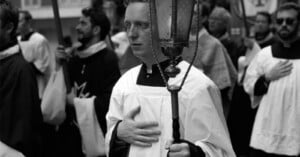
It’s difficult to see how anyone other than the photographer is responsible for a photograph they may take, although I’m sure there are some specific exceptions – but usually, if a photographer is not responsible for their photograph, then who should be?
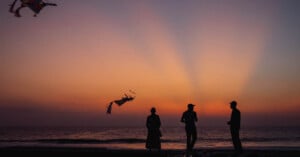
In my daily routine as a photographer and filmmaker, I work with two Canon EOS R5 cameras. Along with the standard f/2.8 zoom lenses, I also carry a few prime lenses in my camera bag, such as the RF 50mm f/1.2 or the RF 85mm f/1.2.
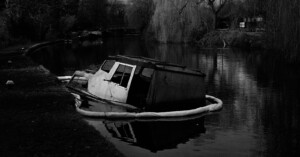
If you are not responsible for the meaning behind your photographs then who is?
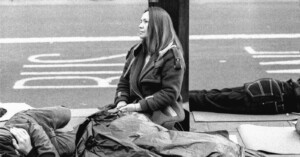
I recently wrote about the importance of discourse on the ethics around photography, where I offered my perspective on why rules and doctrines around decision making can diminish your ability to stand behind your work, justify your decisions, and really take responsibility and ownership over your vision.
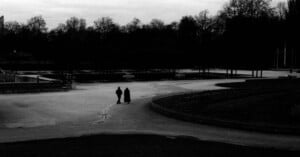
Some years ago I wrote about the (now fairly obvious seeming) perspective of photography as a process of grounded, present awareness in order to achieve a result.
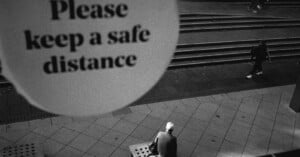
While photography and linguistic language share characteristics, when it comes to actually applying theories and practices between one and the other, it can be hard to remain coherent. This is down to the flaw in thinking that just because a comparison can be made aspects can be transposed between them.
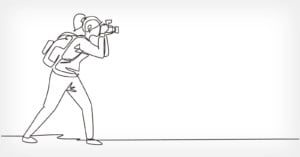
What makes a great hobby? Most people don’t have to ask themselves this, they just naturally gravitate to activities they enjoy and make time for them–but I’ve had to think about this for years. It’s an important question, particularly when your time is being pulled in multiple directions!
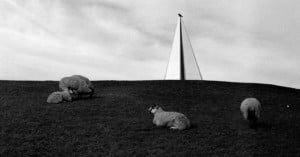
The camera is a reasonably recent image-creation tool; compared to millennia of paintings, drawings, carvings, and illustrations, we have only a few hundred years of photographs and photographic development. What photography offers compared to those ancient arts is (relative) immediacy and accuracy.

This year marks 50 years since Susan Sontag’s essay "Photography" was published in the New York Review of Books. Slightly edited and renamed In Plato’s Cave, it would become the first essay in her collection On Photography, which has never been out of print.
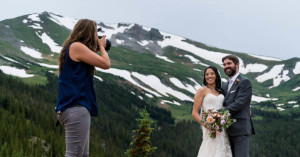
It looks like a glamorous job, taking photos in beautiful places and a dance party every night. Or maybe it looks like the worst job ever, dealing with high expectations and family drama. Wherever you stand on the subject, listen up because I’m going to share the best and worst parts of the job to help you decide if you should be a wedding photographer.
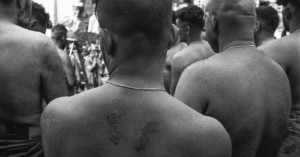
The social aspects of social media, the propagation aspects of propaganda, and the “logos” aspects of dialogue all depend on one thing: communication. A photograph can be a very powerful medium for communication, using visual symbols to represent what a photographer saw, or created, containing in part or in whole their message.
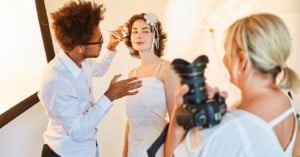
One vital data point that you may not have considered when you started off on your photography journey is that success might not come down to how good of a photographer you are. The most successful photographers aren’t always the best photographers and the best photographers don’t necessarily get the work. This begs the question: is it more important to be a good photographer or a businessperson?
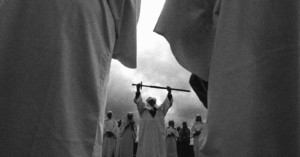
Language is an underlying reality in our everyday world, present in our thoughts, our words, and even our haptic gestures. When interacting with someone else we are incorporating language to translate abstract thoughts into communication, communication into meaning, and meaning into understanding.

Want to see some bad street photographs? I’ll share them and tell you why I think they’re not good. These photographs were all made during a five-day visit to New York City between October 31 and November 4, 2022.
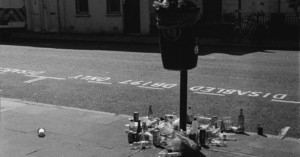
When I work on a blueprint for a potential documentary project most of my attention goes to unpacking whatever it was that drew my initial interest – usually a collection of themes, locations, and characters that I will visit in order to discover what direction the story will end up going in.
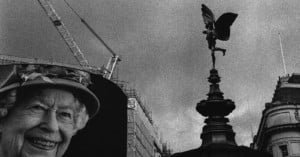
The broad strokes of an emotion can be fairly simple to translate into visual communication. A smile for joy, a tear for sadness, bared teeth for anger, wide eyes for fear. Nuance however is always present, the experience and expression of complex emotions are not always as straightforward.
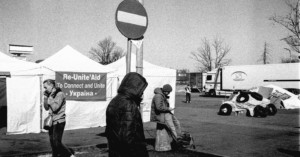
If the intention behind a photograph is to produce something photographic, weighted by aesthetic merit, or artistic expression, then it is your observation via the camera that you are most likely going to share in that image.
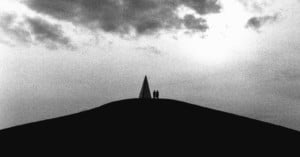
Failing to succeed doesn't mean failing to progress. I think for many of us the last few pandemic years have spotlighted this sentiment, especially as when it comes to photography “success” is already such a broad and nebulous concept.
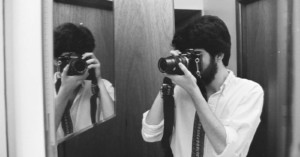
The photographer Dorothea Lange once famously said “A camera is a device that teaches you to see without a camera.” I always loved this quotation. Once you get good at shooting, you start to see the world like a photographer — you notice things, you notice light, you look slower, you take pictures in your mind. The camera saves them, but even without one, you see differently.
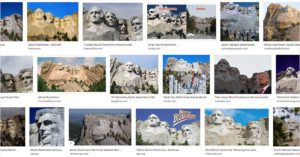
I drove 5,200 miles around the country after my junior year in college. And I brought 20 rolls of film — 720 images in all — which was a lot in 1984. I felt like a pro, traveling with a “brick” of Tri-X. When you shoot film you try hard not to waste frames; it’s a natural force function that filters out some of the more idiotic shots you might take.
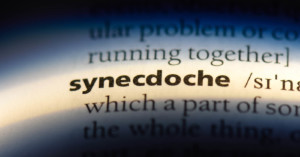
I was struggling through Caesar in 10th grade Latin class when I first heard the term “synecdoche” (although the term is from the Greek) — it’s a figure of speech where a part of something is used to represent the whole. Today, familiar synecdoche include “threads” to mean clothing, as in “dig these new threads I’m wearing.” Or “boots on the ground” when talking about soldiers. Or “she got a cool set of wheels” to mean a new car.
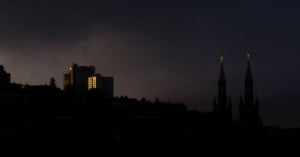
My particular interest in photography aims for hitting certain notes in the image, regardless of content. So whether I’m shooting landscapes or my garden, friends at a party, or my kids on vacation, I’d say the approach is consistent.
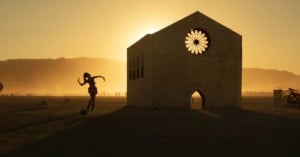
A leading textbook on creative photography, released in 1980, devotes more than 90% of its 460 pages to technical considerations — how cameras and lenses work, darkroom procedures, lighting — and just a few pages to aesthetics and composition.

In the past few years, we’ve seen the dawn and domination of mirrorless cameras and exponential improvements in software and computing power. Speaking as someone who started shooting on black and white film, moved to digital on a 6-megapixel camera, and now shoots solely only on mirrorless bodies, I can honestly say that it’s never been easier to produce great quality photography.
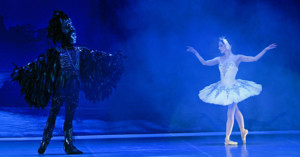
When not covering presidential rallies for international news agencies I also photograph artists, especially ballet. I've been photographing the professional ballet company of Charlotte, North Carolina, for 17 years now.